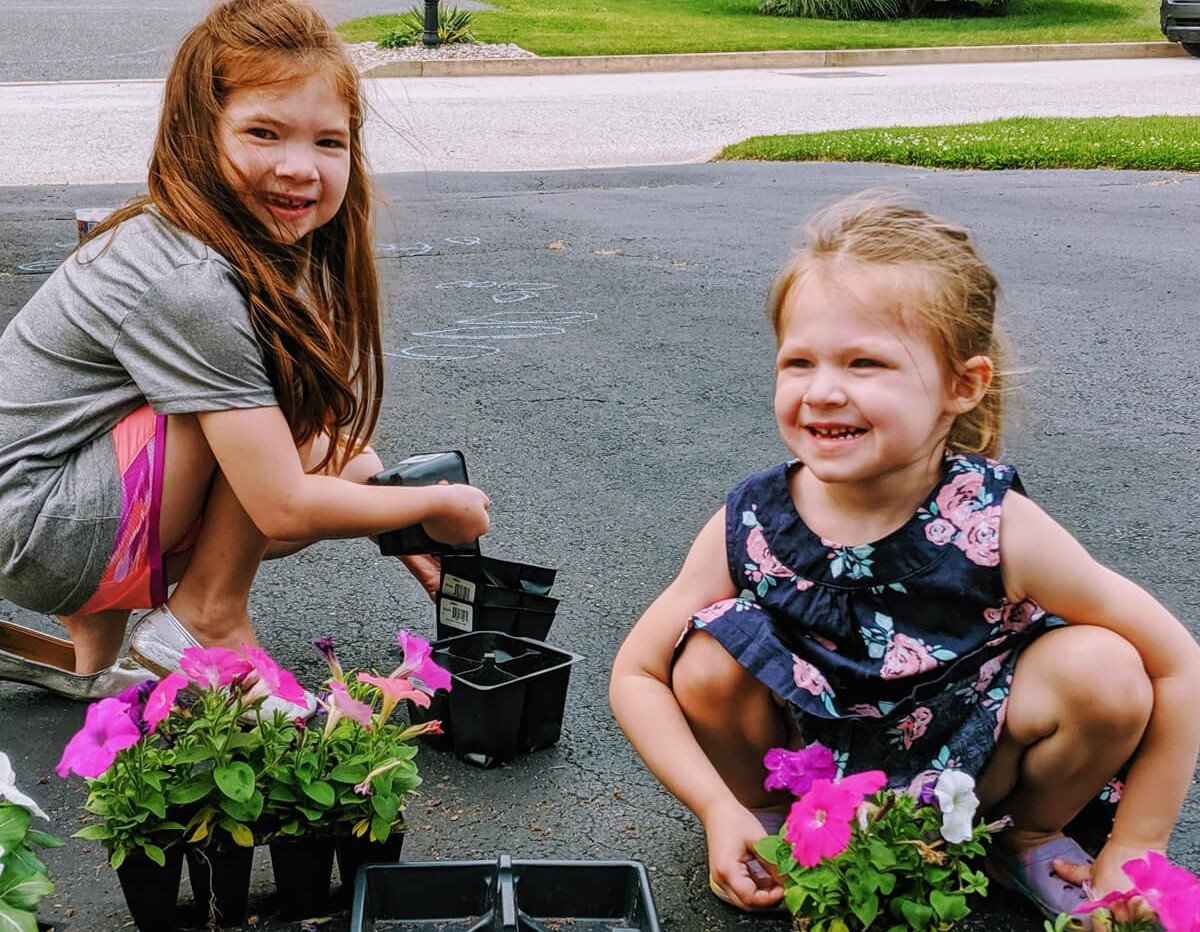
When it comes to the world of plants, flowers are undoubtedly one of the most captivating and enchanting aspects. They come in a myriad of colors, shapes, and scents, adding beauty and vibrancy to our surroundings. However, there’s more to plant flowers than meets the eye. Beyond their stunning appearance, they hold a plethora of enigmatic secrets that often go unnoticed.
In this article, we will delve into the fascinating realm of plant flowers and explore 11 intriguing facts that will leave you astounded. From their mysterious ways of attracting pollinators to their incredible ability to adapt to their environment, plant flowers have a lot more going on than we might think. So, prepare to be amazed as we uncover the hidden wonders of these botanical gems!
Key Takeaways:
- Flowers are more than just pretty decorations – they can communicate, attract pollinators, and even have medicinal properties. They’re like nature’s superheroes with colorful capes!
- Different flowers have unique colors, patterns, and blooming times. They’re like a diverse cast of characters in a beautiful, ever-changing garden play.
Scented Flowers Attract Pollinators
Many plant flowers produce a captivating scent to attract pollinators such as bees and butterflies. The aroma acts as a signal, guiding pollinators towards the flower to aid in the process of pollination.
Flowers Can Communicate
Did you know that flowers can communicate with each other? Some plants release volatile organic compounds into the air to warn neighboring flowers about potential threats, such as insect attacks or changes in the environment.
Flowers Have Unique Colors and Patterns
From vibrant reds to delicate blues, flowers display a wide range of colors and patterns. These distinctive hues and patterns serve as visual cues to attract specific pollinators or to deter herbivores.
Flowers Use Clever Strategies for Reproduction
Flowers have evolved numerous strategies for reproduction. Some plants produce enticing nectar to reward pollinators and ensure the transfer of pollen, while others rely on wind dispersal or self-pollination to reproduce.
Some Flowers Are Edible
Who says flowers are just for admiring? Certain plant flowers, such as roses, violets, and marigolds, are not only visually appealing but also edible. They are often used in culinary creations, adding a touch of color and flavor.
Flowers Have Symbolic Meanings
Throughout history, flowers have been associated with symbolic meanings. For example, roses are often associated with love and passion, while lilies represent purity and innocence. Different cultures and traditions assign various meanings to different flowers.
Flowering Time Varies Across Different Species
Flowers bloom at different times of the year, varying from one plant species to another. Some flowers, like the cherry blossom, have a short blooming season, while others, like the sunflower, have a longer period of blooming.
The Largest Flower in the World is Rafflesia
Rafflesia arnoldii holds the title for the world’s largest flower. It can measure up to three feet in diameter and emits a foul odor that resembles rotting meat to attract flies for pollination.
Flowers Have Adapted to Different Environments
Flowers have remarkable adaptability and can thrive in diverse environments, from tropical rainforests to arid deserts. Some flowers have evolved to survive extreme conditions, such as the resilient desert marigold.
Flowers Have Medicinal Properties
Many plant flowers possess medicinal properties and have been used in traditional medicine for centuries. For example, chamomile flowers are known for their calming properties, while lavender flowers are often used in aromatherapy.
Flowers Can Inspire Art and Literature
The beauty and symbolism of flowers have inspired countless works of art and literature. Artists and writers have used flowers as a muse to evoke emotions, tell stories, and capture the essence of nature’s beauty.
Conclusion
In conclusion, plant flowers are truly enigmatic and fascinating creations of nature. They are not only beautiful to look at, but they also play a crucial role in the ecosystem. From their remarkable evolutionary adaptations to their diverse reproductive strategies, plant flowers have evolved to ensure their survival and continue to awe us with their complexity.Exploring the enigmatic world of plant flowers can be a journey filled with wonder and discovery. Whether it’s marveling at the intricate structures of petals or unraveling the mysteries of pollination, there is always something new to learn about these extraordinary botanical wonders.So the next time you encounter a blooming flower, take a moment to appreciate its enigmatic nature and the intricate processes that have brought it into existence. It’s a reminder of the incredible diversity and beauty that exists in the natural world.
FAQs
Q: What is the purpose of a flower?
A: The main purpose of a flower is for reproduction. Flowers produce pollen and attract pollinators, such as bees or butterflies, to transfer pollen from the male reproductive parts to the female reproductive parts, leading to fertilization and the production of seeds.
Q: How do flowers attract pollinators?
A: Flowers use various strategies to attract pollinators. They may produce bright colors, sweet scents, or nectar to entice pollinators. Additionally, some flowers mimic the appearance or scent of female insects to trick male insects into pollinating them.
Q: Do all plants produce flowers?
A: No, not all plants produce flowers. Some plants, such as ferns and mosses, reproduce through spores rather than flowers. These plants rely on a different reproductive mechanism compared to flowering plants.
Q: How long do flowers typically live?
A: The lifespan of a flower varies depending on the species. Some flowers bloom and wither within a day, while others can last for several weeks. Factors such as environmental conditions, pollination success, and the plant’s life cycle contribute to the lifespan of a flower.
Q: Are all flowers edible?
A: Not all flowers are considered edible. While there are many edible flowers that are safe for human consumption, it’s important to know which flowers are edible and which ones are toxic. Always ensure that the flowers you consume have been specifically designated for culinary use.
Q: Are there any flowers that only bloom at night?
A: Yes, some flowers are known as night-blooming flowers. These flowers have adapted to attract nocturnal pollinators, such as moths and bats, by producing strong fragrances and pale or white-colored petals that are more visible in low light conditions.
Flowers' enigmatic beauty captivates nature lovers, but their allure extends beyond the garden. Butterfly gardening harnesses flowers' power to attract winged wonders, creating enchanting spaces. Terrariums offer a glimpse into the intricate world of plants, showcasing their resilience and adaptability. Bird baths provide a sanctuary for feathered friends, allowing them to refresh and revel in the garden's charm. Explore these fascinating aspects of the natural world and uncover the marvels that await in your own backyard.
Was this page helpful?
Our commitment to delivering trustworthy and engaging content is at the heart of what we do. Each fact on our site is contributed by real users like you, bringing a wealth of diverse insights and information. To ensure the highest standards of accuracy and reliability, our dedicated editors meticulously review each submission. This process guarantees that the facts we share are not only fascinating but also credible. Trust in our commitment to quality and authenticity as you explore and learn with us.


